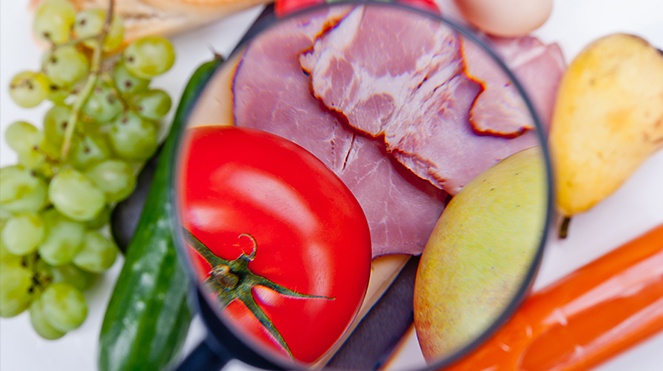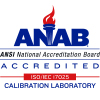
Food safety and food quality are two similar terms that describe two different practices. As a result these terms are sometimes confused or mistakenly used interchangeably. Although safety and quality go hand-in-hand, they should not be confused, as the components that make up the quality of a product determine its overall safety.
Food Quality
Food quality is the internal and external composition and attributes of a food item. From appearance and flavor, to the physical and microbial properties of a product, quality standards are determined and enforced by the government. But quality is not just about these characteristics, it also encompasses traceability for tracking products in case of an outbreak, as well as labeling to ensure the correct ingredients and nutritional value.
Food Safety
Food Safety is defined as the appropriate handling, preparation and storage of foods that reduce the risk of foodborne illnesses. The three main hazards that pose a risk to consumers are biological, chemical and physical contaminants. Food poisoning is 100% preventable, but due to the amount of people involved in the supply chain and the varying responsibilities of food producers around the world it is difficult to completely eliminate the risk. To bridge the gap between countries, the World Health Organization (WHO) released five key principles to food safety.
Food Control
It’s the responsibility of food control systems to enforce laws that protect consumers again unsafe foods. Since safety and quality have a direct affect on the supply chain, food control systems are required to meet predetermined national standards.
The WHO defines food control as:
“….a mandatory regulatory activity of enforcement by national or local authorities to provide consumer protection and ensure that all foods during production, handling, storage, processing, and distribution are safe, wholesome and fit for human consumption; conform to safety and quality requirements; and are honestly and accurately labelled as prescribed by law.”
The laws and regulations that protect the public health by preventing the consumption of contaminated, spoiled and fraudulent foods are determined and enforced by the government. In the United States, food safety regulations are supervised by various federal, state and local agencies. Paving the way for protection for the first time in more than 70 years, the Food Safety Modernization Act was passed in 2011, shifting the FDA’s focus from responding to contamination to preventing it.
Quality, Safety & Control through HACCP
In the United States, food processors are required to implement a HACCP plan to control potential hazards throughout the life of a product. To verify and validate that an effective HACCP plan is being maintained and meets the requirements of regulatory agencies, data loggers are commonly used to monitor production steps where critical control points are present.
MadgeTech data loggers ensure the safety and quality of a product from cooking and cooling to shipping and storage. The data collected can then be used to easily create reports required by food safety inspectors to prove compliance.
To learn more about how data loggers can provide assurance over critical processes that determine the final outcome of a product, click here.






